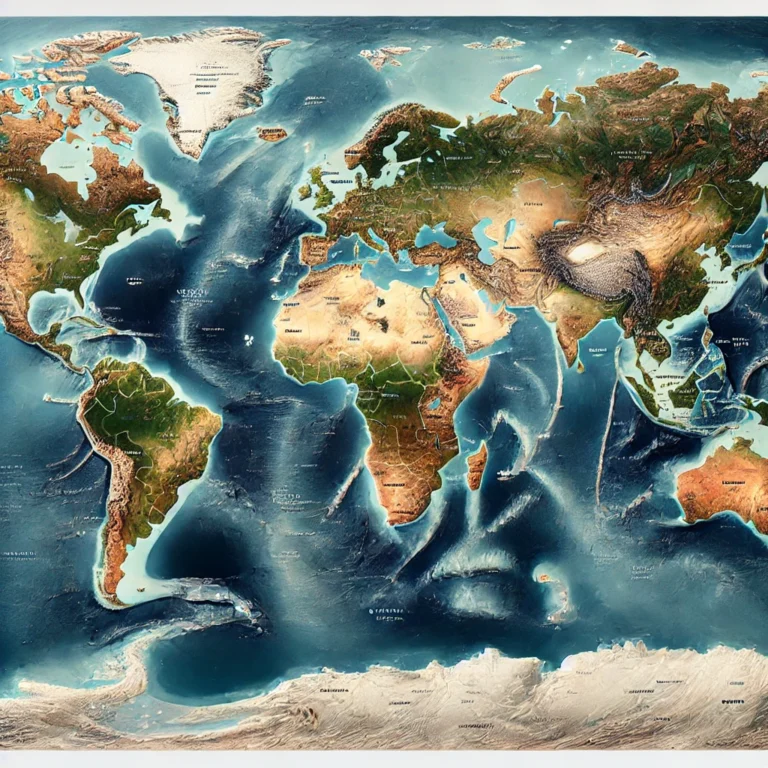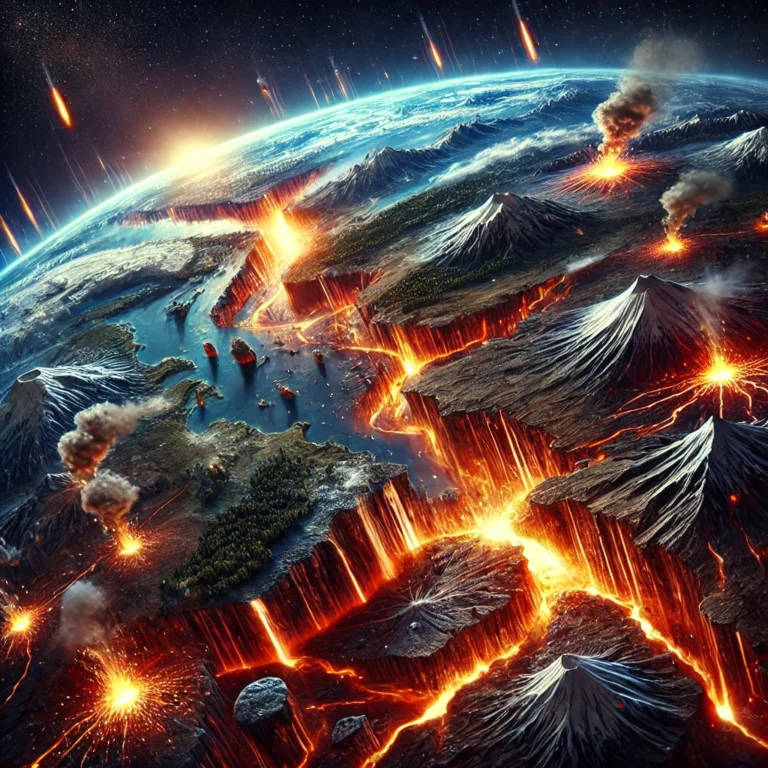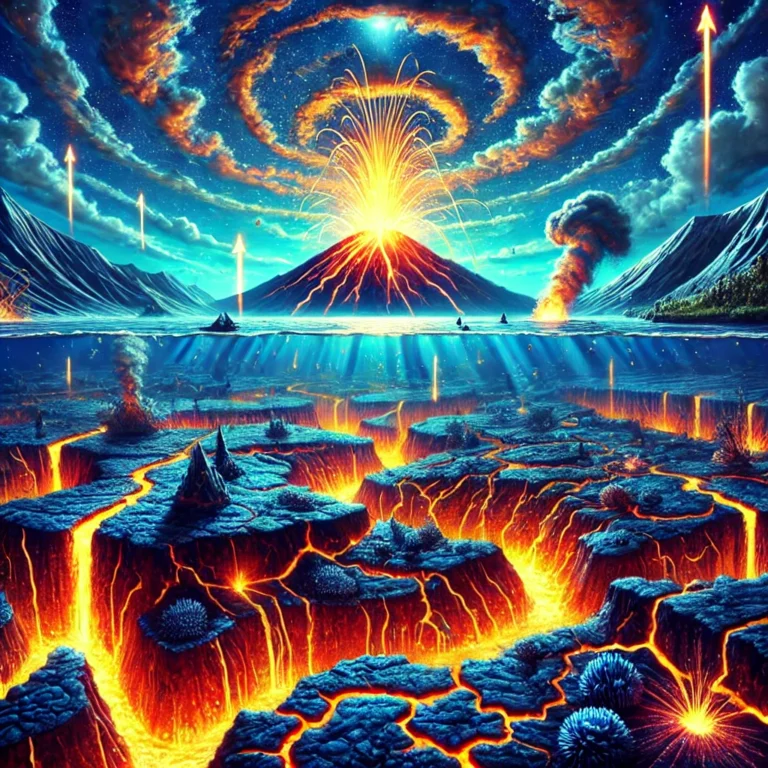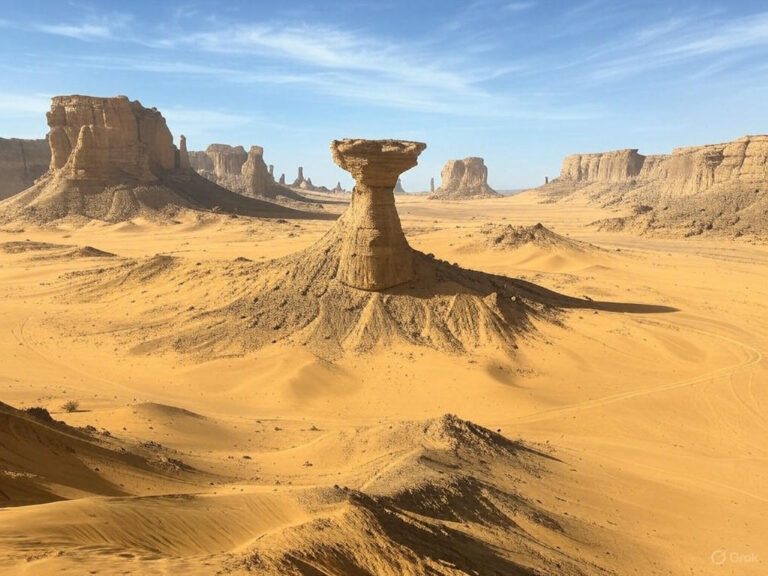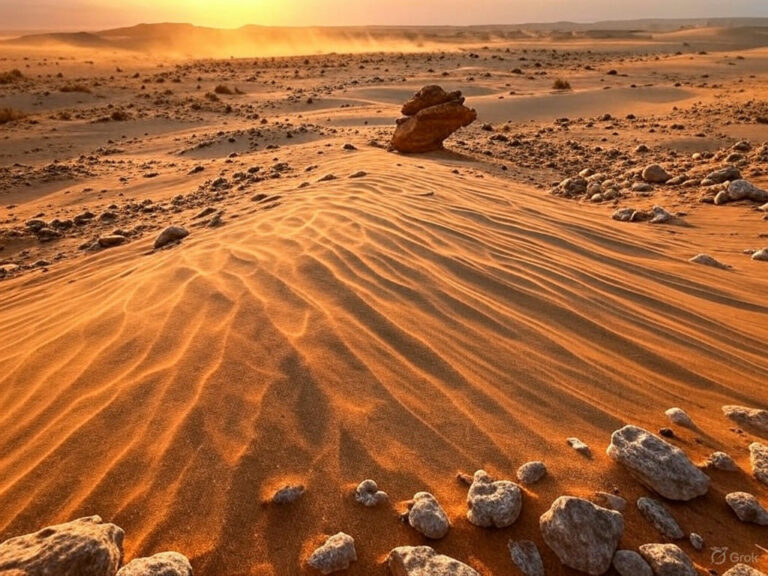Mountain Ranges of Asia
See friends, mountains are not just physical features; they are the definers of climate, cradles of culture, and natural borders of civilizations.
So, let’s understand the major mountain ranges of Asia, each with its location, significance, and geographical role.

1️⃣ Himalayas – The Roof of the World
- Stretches across India, Nepal, Bhutan, China (Tibet), and Pakistan
- Formed by collision of Indian and Eurasian plates (Convergent boundary)
- Home to the highest peaks in the world including Mt. Everest (8,848 m), K2, Kangchenjunga
🔹 Divisions (West to East):
- Western Himalayas – J&K, Himachal (e.g., Pir Panjal, Zanskar)
- Central Himalayas – Nepal (Everest zone)
- Eastern Himalayas – Sikkim, Arunachal
🌦️ Acts as a climatic barrier—stops cold Siberian winds & allows monsoon rains.
2️⃣ Karakoram Range
- Located in Pakistan, India (PoK), and China
- Contains K2 (8,611 m) – second-highest peak globally
- Glaciers: Siachen, Baltoro – longest outside the poles
- Strategically important – close to Silk Route, Karakoram Highway
3️⃣ Hindu Kush
- Stretches across Afghanistan and northern Pakistan
- Historically important: Path of invasions into India
- Acts as a climatic and cultural divide between Central Asia and the Indian subcontinent
4️⃣ Tien Shan (Celestial Mountains)
- Located in Kyrgyzstan, Kazakhstan, Uzbekistan, and China
- Glaciated range influencing Central Asian deserts and rivers
- Source of Syr Darya River – a lifeline in arid Central Asia
5️⃣ Pamir Knot
- Convergence point of several Asian ranges: Himalayas, Karakoram, Hindu Kush, Tien Shan, and Kunlun
- Located in Tajikistan
- Acts like a pivot or knot tying together all major Asian ranges
🧭 Geographically crucial – Silk Road passed nearby
6️⃣ Kunlun Mountains
- Found in western China, north of the Tibetan Plateau
- Serve as northern boundary of Tibet
- Less populated but tectonically active
- Major role in separating Tibet from Xinjiang
7️⃣ Altai Mountains
- Span Russia, China, Mongolia, and Kazakhstan
- Source of Irtysh and Ob Rivers
- Rich in minerals and forests
8️⃣ Zagros Mountains
- Located in western Iran
- Form the eastern edge of Mesopotamia
- Rich in petroleum and a key seismic zone
9️⃣ Elburz Mountains
- Located in northern Iran, south of Caspian Sea
- Mount Damavand (5,610 m) – highest peak in Iran
- Climatic barrier between desert Iran and humid Caspian region
🔟 Arakan Yoma (Rakhine Yoma)
- Runs along the western coast of Myanmar
- Extends into India as the Patkai Hills and Naga Hills
- Acts as a natural wall separating the Indo-Gangetic Plain from SE Asia
Other Significant Ranges
| Mountain Range | Location | Significance |
| Western Ghats | India | Biodiversity hotspot, monsoon blocker |
| Eastern Ghats | India | Dissected hills along the eastern coast |
| Jabal al Hajar | Oman | Important for desert topography |
| Yablonoi and Stanovoy | Russia | Part of Eastern Siberia’s rugged terrain |
🧠 Guys, you can connect this topic with:
- 🌍 Climatology: These mountains define monsoon paths, rain shadows, and snow-fed rivers.
- 🌱 Biodiversity: Regions like Himalayas, Western Ghats, and Tien Shan are ecological hotspots.
- ⚔️ Geopolitics: Disputed areas like Karakoram, Arunachal, and Kashmir are in mountainous regions.
- 🏛️ History: Many civilizations (like Mesopotamia, Indus, Chinese) evolved around or near these ranges.
🧭 Closing Thought:
In Asian geography, mountains are not just barriers, they are gateways to understanding climate, history, and politics. Just like rivers flow from them, civilizations too emerge at their foothills.


